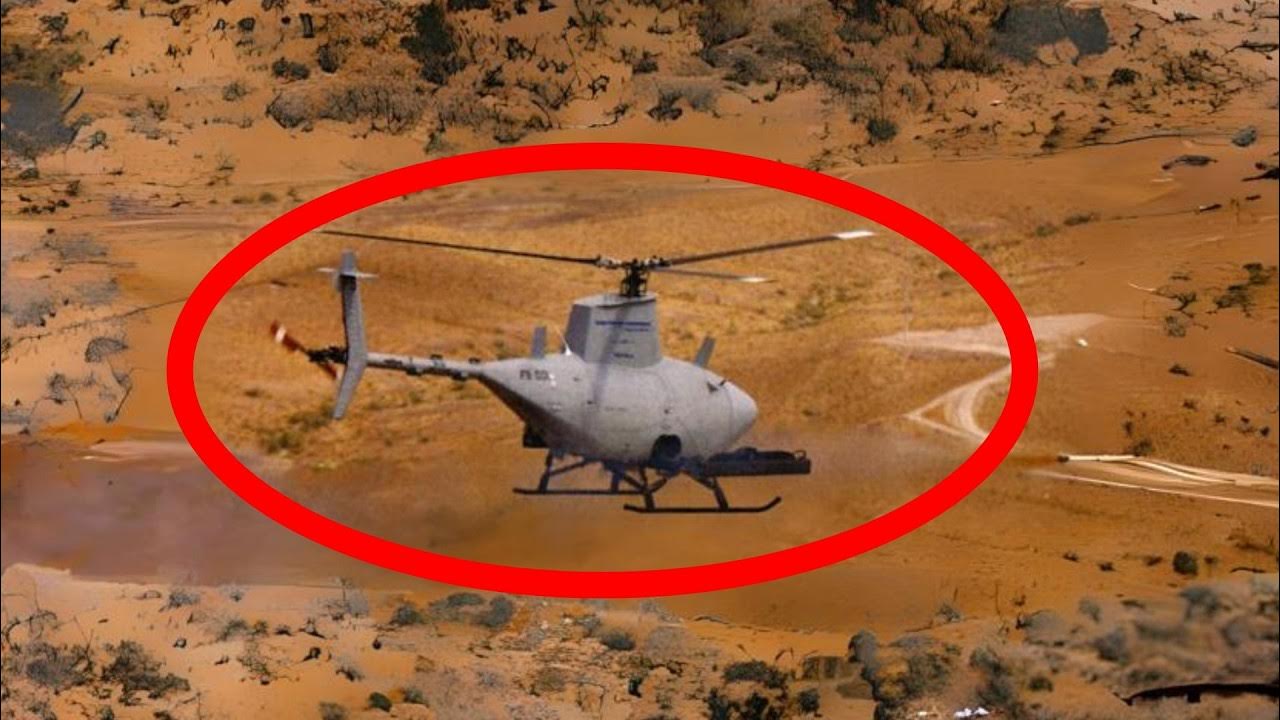How will the US use its new 200+ mile air to air missile?
Summary
TLDRThe US Navy has introduced the AIM-174, its longest-range air-to-air missile, based on the SM-6. Weighing 1,900 lbs and potentially capable of reaching 280 miles, it surpasses the Phoenix and AMRAAM in range. The missile's size and network-guided capabilities make it a game-changer for engaging high-value targets like AWACS planes from a safer distance, without entering enemy airspace.
Takeaways
- 🚀 The US Navy has recently put its newest air-to-air missile, the AIM-174, into service, which is based on the SM-6 missile and is designed for long-range engagements.
- 🔍 The AIM-174 has been spotted under Super Hornet fighter jets, indicating its air-launched variant is under development and has an air-to-air role.
- 📐 The missile is exceptionally large and heavy for an air-to-air weapon, weighing 1,900 lb without the booster, which adds another 1,500 lb.
- 💥 The removal of the booster from the SM-6 for the AIM-174 is strategic, as the fighter jet itself acts as a booster, providing speed and altitude for the missile.
- 🎯 The AIM-174 is expected to have an unprecedented range, potentially doubling or more that of the retired Phoenix missile and exceeding 200 miles.
- ⚔ The missile's extended range is a significant advantage for the US, allowing engagement with targets from a safer distance and enhancing strategic capabilities.
- 🌐 The AIM-174's range and capabilities could potentially neutralize certain high-value targets such as AWACS planes, drones, and other large aircraft from a considerable distance.
- 🔄 The missile's development is rapid due to its basis on the existing SM-6, which has expedited the testing and deployment process.
- 🔮 While the exact range of the AIM-174 is not publicly confirmed, it is speculated to be between 210 to 280 miles, based on comparisons with the SM-6 missile.
- 🛡 The missile's potential uses include not only air-to-air engagements but also anti-ship and possibly land target engagements due to its versatile seeker technology.
- 🚨 The AIM-174's entry into service highlights the ongoing development and advancement in missile technology, emphasizing the importance of long-range capabilities in modern warfare.
Q & A
What is the significance of the US Navy's newest air-to-air missile being based on the SM-6?
-The new missile, potentially the AIM-174, is significant because it is the biggest and longest-ranged US air-to-air missile ever, leveraging the SM-6's proven capabilities and adaptability for a new air-launched role.
How does the size and weight of the new missile compare to previous models?
-The new missile weighs 1,900 lb, making it over five times heavier than the AMRAAM and nearly double the weight of the F-14's Phoenix air-to-air missile. It's close in weight to large air-to-ground weapons, indicating its substantial size and power.
Why might the new missile not include the booster used in the SM-6?
-Including the booster would increase the missile's weight significantly, potentially weighing down the aircraft and requiring a redesign to withstand the horizontal carriage and additional stresses during maneuvers.
What role does the fighter jet play in the missile's launch?
-The fighter jet acts as a booster for the missile, getting it to a high altitude and high subsonic speed, similar to the role of the booster in the SM-6, but more efficiently due to the jet's capabilities.
What is the estimated range of the new missile compared to the retired Phoenix missile?
-While specific range figures are not given, the new missile is expected to have a significantly greater range than the Phoenix, which had a recorded test shot of 125 miles. The new missile could potentially have a range of 210 to 280 miles, depending on various factors.
How does the new missile's range compare to other long-range missiles globally?
-The new missile's potential range far exceeds that of the Russian R-37 and the Chinese PL-17, which are estimated to reach up to 190 miles and over 250 miles, respectively. It also surpasses the European Meteor and the US's own AIM-260, which are expected to top out at around 125 miles.
What advantages does the missile's high altitude launch provide?
-A high altitude launch provides the missile with a significant advantage in terms of range due to the increased potential for gliding and the ability to utilize the Earth's curvature to maintain a longer line-of-sight to the target.
How might the missile's networked guidance system impact its effectiveness?
-The networked guidance system allows the missile to be guided by third-party targeting, which can enhance its effectiveness by allowing other aircraft to designate targets, especially when the launching aircraft does not have a direct line-of-sight to the target.
What are some potential targets for the new missile in a combat scenario?
-Potential targets include AWACS-like planes, strategic reconnaissance aircraft, high-altitude drones, electronic emission gathering planes, dedicated anti-submarine planes, and even large bombers or cruise missiles.
How does the missile's development timeline compare to typical missile development?
-The development of the new missile has been relatively quick, with the SM-6's existing framework allowing for rapid adaptation to an air-launched variant. Traditional missile development can take a decade or more.
What are some of the challenges associated with the missile's size and weight for aircraft?
-The missile's large size and weight present challenges for internal carriage on stealth aircraft like the F-22 and F-35. It may also limit the number of missiles that can be carried by non-stealth aircraft, affecting their overall combat loadout.
Outlines

此内容仅限付费用户访问。 请升级后访问。
立即升级Mindmap

此内容仅限付费用户访问。 请升级后访问。
立即升级Keywords

此内容仅限付费用户访问。 请升级后访问。
立即升级Highlights

此内容仅限付费用户访问。 请升级后访问。
立即升级Transcripts

此内容仅限付费用户访问。 请升级后访问。
立即升级浏览更多相关视频

This could be the longest-range AIR-TO-AIR Missile in US History!

Indian Defence Updates : 6th Gen Fighter,AMCA Engine,Morocco LAMV Order,Armenia Akash Delivery

America's NEXT GENERATION of air-launched missiles

TOPGUN - U.S. Navy Fighter Weapons School (March 3, 1969-Present)

U.S. Navy's New Missile Adds Punch & Sustainability

US's Surprise Flying Killer Confused with a Completely Different Aircraft
5.0 / 5 (0 votes)
